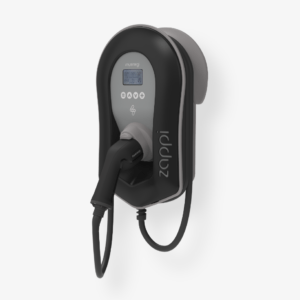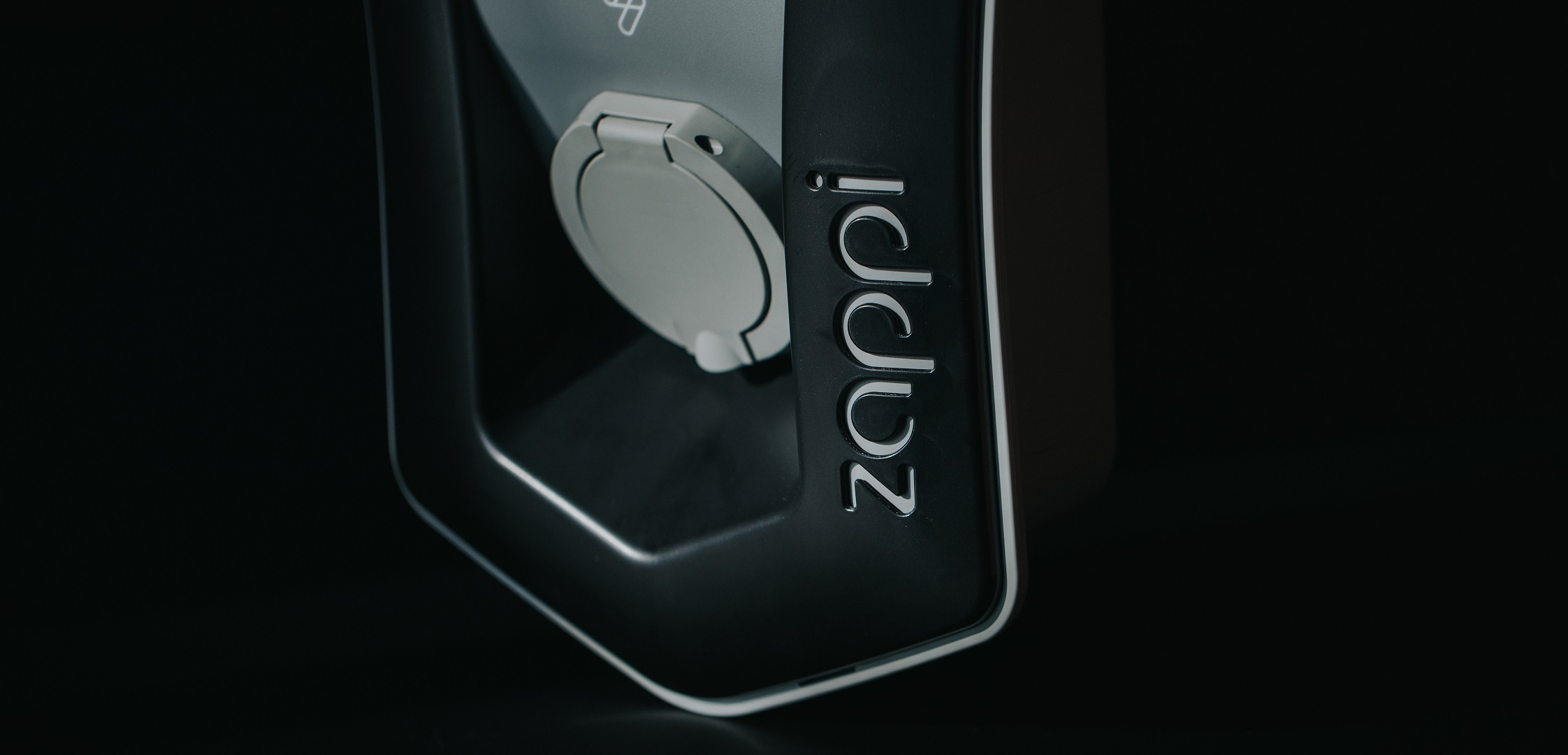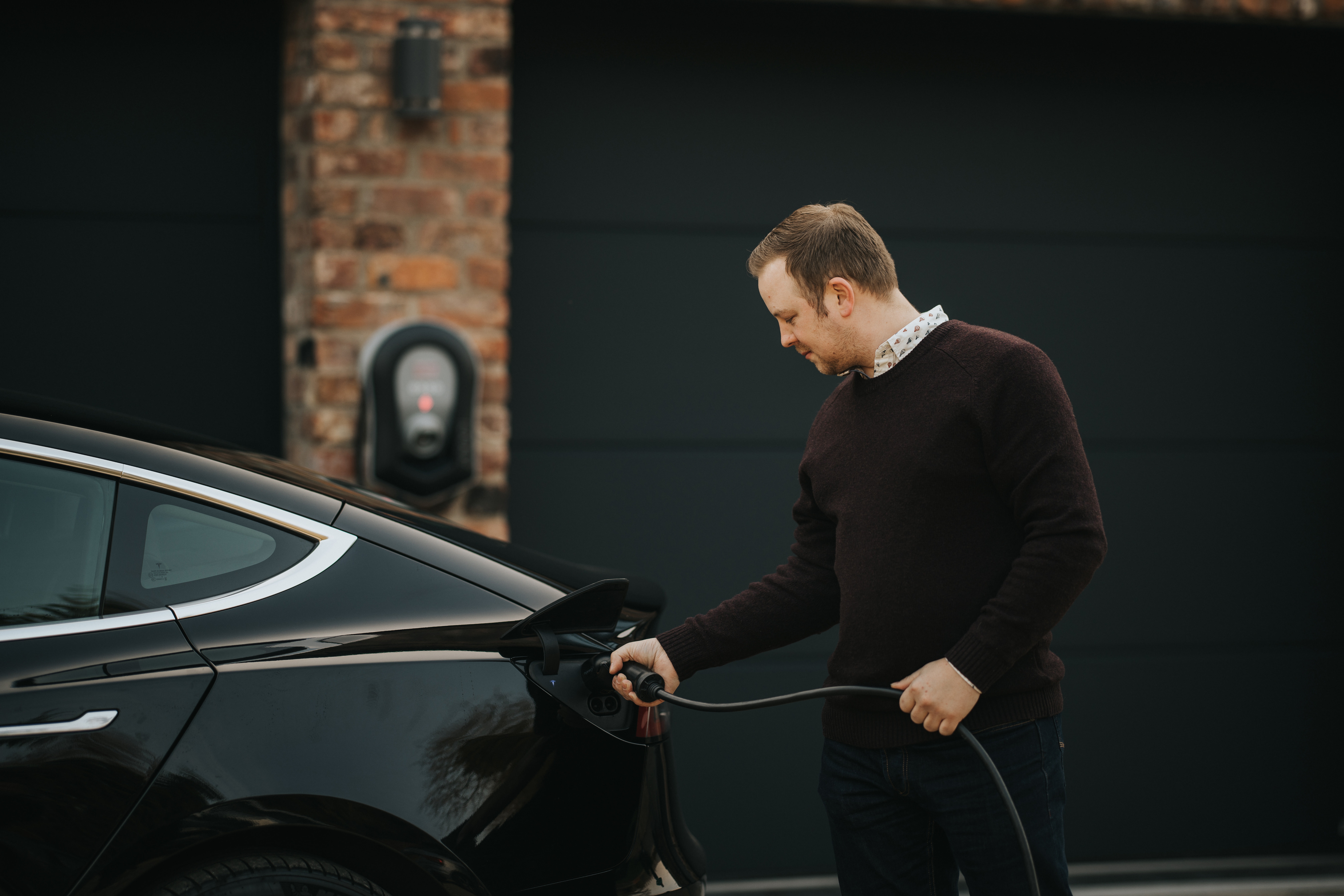Jordan Brompton, co-founder and CMO of myenergi, gives her thoughts on the EV charging trends we’re likely to see in 2023 and discusses why the next 12 months will be a pivotal period for the UK’s transition to electrification.
Most trends come and go, but it’s safe to say that the future of transport is electric. Indeed, despite global production challenges, microchip shortages, supply chain disruptions and the lasting impact of the COVID-19 pandemic, 2022 was yet another record-breaking year for EV registrations.
According to data from the Society of Motor Manufacturers and Traders (SMMT), more than 300,000 battery electric and plug-in hybrid vehicles were collectively registered throughout the year – almost four times the number of diesel cars sold. Insight from Statista suggests that this growth will only increase, with a CAGR of 13.89% projected between now and 2027, leading to sales of more than 637,000 new EVs per annum.
As a result, alongside the burgeoning growth of the used EV marketplace, demand for charging solutions continues to increase at pace. According to the International Energy Agency (IEA), this will continue to see both public and private infrastructure grow rapidly – with significant investment expected in support.
So, as we kick-start 2023, what themes are we likely to see emerge from the EV charging sector? New products? New legislation? New tech developments? New brands coming on-stream or developing their footprint in the UK? While it may just be speculation, I’ve put together five key EV charging trends that I expect to see impact the marketplace (as well as consumer charging behaviours) over the coming months:
1. The public charging network will continue to expand
According to insight from McKinsey & Company, the growth of the UK’s public charging network continues at pace. Zap Map suggests that there are now more than 36,000 charging devices (and 60,0000 connectors) spread across almost 22,000 locations nationwide. This represents an increase of 33% since November 2021.
With significant investment already planned from the market’s leading brands, we’re likely to see the network develop further in 2023. From new locations popping up on an almost daily basis, to more superfast chargers being fitted than at any other time, it’ll be easier than ever to charge your car ‘on-the-go’.
Charging as a Service (CaaS) is therefore expected to grow in 2023. Put simply, it’s the idea that offering a service for motorists to charge their vehicles isn’t enough to generate significant revenue (unless delivered on a mass scale).
Instead, if drivers are sat waiting for their EV to charge, CaaS sees this free time used as a tool to encourage purchase behaviour – think free charging at supermarkets, or the development of charging ‘destinations’ featuring shopping centres, retail facilities and restaurants.
Companies like Gridserve are dominating the marketplace and, with more and more consumers starting to consider EV charging as part of their daily routine, I only see this corner of the market continuing to expand.
2. Technology will improve customer experience
Although it’s positive to see more EVs than ever plugged in to public charging points across the UK, keeping charging stations free has become somewhat of a challenge. In the past, the bugbear for any EV driver was petrol or diesel vehicles blocking working charging points. However, now we have a new enemy – EV users that don’t move their cars once charging has finished.
For consumers, this leads to frustration and unnecessary delays. For providers, a clear loss of revenue. In 2023, we’re likely to see new and innovative solutions unveiled to tackle the challenge. From charging point sensors and a wealth of new apps, to charges/fines for malpractice.
3. Domestic charging will become king
While the headlines often surround public charging, it’s important to remember that more than 85% of charging takes place at home. As such, I’m confident that the domestic charging market will see the fastest growth in 2023 – resulting in an increase in unit sales and installations, alongside a wealth of new products and technologies making it to market.
For those who don’t have a driveway, I’m certain that we’ll see progress made towards developing safe, secure, hazard-free on-street charging solutions for those who previously had to trail charging wires across the pavement. We’ve already seen a number of developments here that will start to pick up pace as the year progresses.
With legislation introduced last year mandating the installation of smart chargers, as standard, to all new property developments, the accessibility of domestic charging is quickly pushing range anxiety and public charge point availability issues into the history books.
4. Eco-smart charging will become commonplace
Continuing on the theme of domestic charging, it’s worth mentioning the importance of future-proof tech and the ability to harness self-generated energy to charge your EV. After all, data from the Microgeneration Certification Scheme suggests that more householders than ever are adopting renewables to offset their reliance on mains supply and reduce their carbon footprint.
This EV charging trend is expected to continue in 2023 – especially when it comes to solar and domestic-scale wind generation. After all, the energy price crisis rumbles on with no sign of abating any time soon, meaning consumers are being forced to take matters into their own hands.
My advice is therefore to consider installing a renewable-compatible EV charger, even if you don’t yet have solar panels installed. I predict that self-generation will boom over the coming years, with more households than ever opting for decentralised, green supply (especially as return on investment periods are dropping fast). Think ahead and make sure you don’t have to buy twice – it’s a false economy.
5. V2G technology will develop further
In the same sentence as smart charging, you’ll often hear the terms V2H (vehicle to home), V2X (vehicle to everything), V2L (vehicle to load) and V2G (vehicle to grid). After all, EVs are basically just mobile batteries.
The idea behind V2G is the opportunity to store energy in the EV battery and return it to the grid in times of peak demand. This would not only earn you money, but also help to flatten electricity usage curves.
It’s a smart idea and one that could deliver significant value from a decentralised energy perspective. At myenergi, we’re working on numerous demand side response trials to see how the load balancing capability of EVs could work in practice – it’s set to be a major talking point in 2023.
The transition to electrification
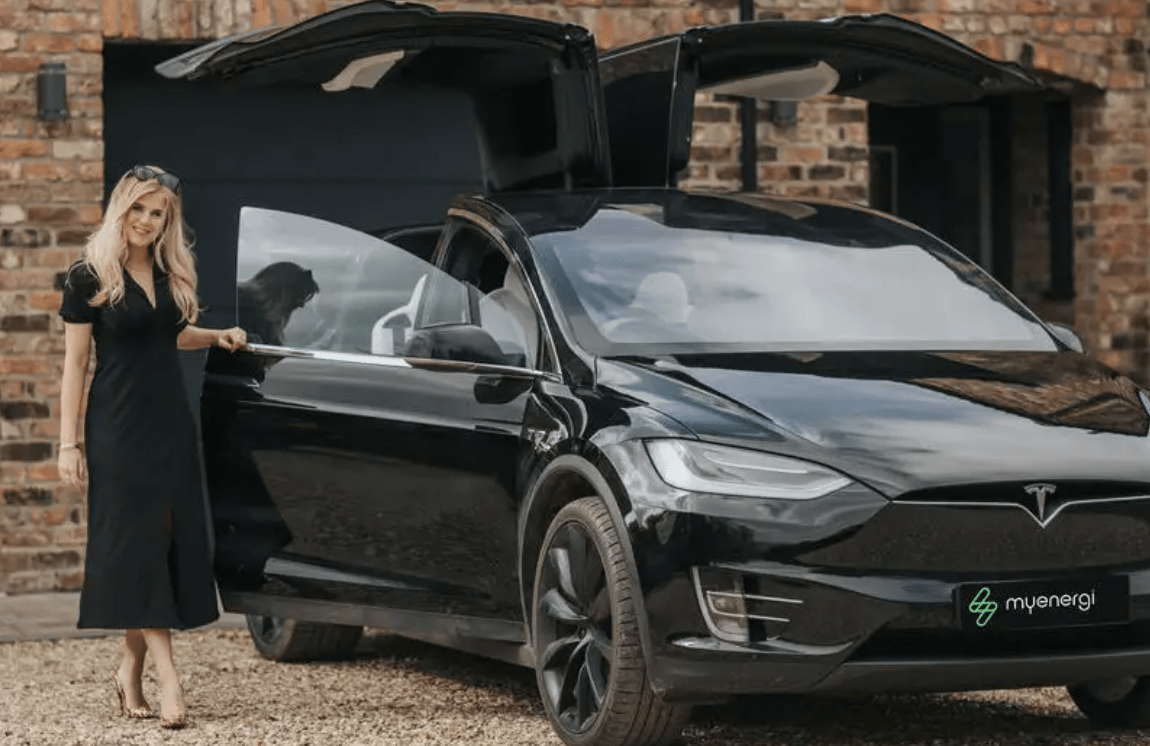
While I may have referred to the above themes as ‘trends’ for the new year, in all honesty they’re far more. The transition to electrification is growing in momentum and the industry is progressing quickly to support its future.
From CaaS and technology improvements, to the incremental growth of domestic charging and its ability to balance the grid, these ‘trends’ are actually some of the key areas supporting growth – rather than gimmicks that will soon be forgotten.
At myenergi, we’re excited to be driving the industry forward in 2023 and supporting the global transition to electrification. We have a number of exciting announcements planned for the next 12 months and look forward to seeing the sector continue to grow.
To keep an eye on our latest news for updates and insights.

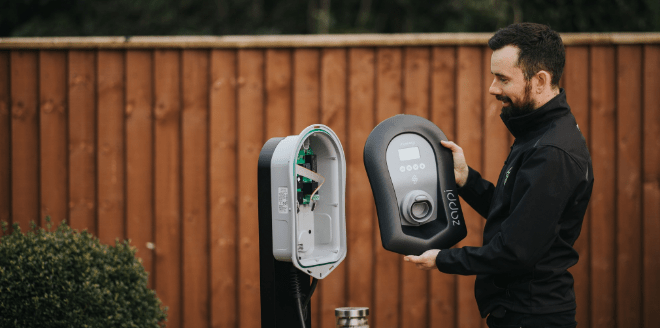 Book An Installation
Book An Installation
